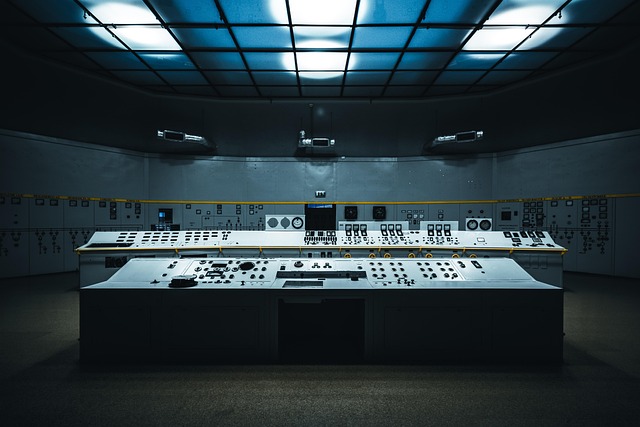In today’s rapidly evolving technological landscape, the fusion of robotics and artificial intelligence (AI) is reshaping the way businesses operate. One pivotal aspect of this transformation is sensor-based control, which serves as a bridge between the tangible and the digital world. When robots can perceive their environment through advanced sensor systems, they don’t just perform tasks; they adapt, learn, and evolve, resulting in a more efficient and intelligent automation process.
Consider how sensor-based control allows robots to perform complex tasks in industries ranging from manufacturing to logistics. Think about a warehouse filled with robots equipped with sensors that can detect obstacles, gauge distance, and identify objects. These robots continuously collect data and analyze it in real-time, allowing them to navigate the space seamlessly, improving operational efficiency and reducing human error.
Through the infusion of AI, these robots not only follow programmed tasks but also leverage machine learning algorithms to optimize their performance. This is where businesses experience transformative benefits. By harnessing sensor-based control, companies can automate repetitive tasks while ensuring quality and consistency, ultimately leading to reduced costs and increased productivity. In industries such as automotive production, for instance, automated assembly lines are being redefined with robots that can adapt to variations in product design without requiring downtime for reconfiguration.
Furthermore, the role of AI in this automation landscape cannot be overstated. With AI, sensor-based systems can process vast amounts of data to inform decision-making, allowing robots to predict maintenance needs, recognize anomalies, and autonomously adjust their actions based on the circumstances they encounter. This capability not only prolongs the lifespan of machines but also minimizes disruptions in workflows, creating a more resilient operational framework.
Moreover, the implications of sensor-based robotics stretch beyond mere function. They evoke a sense of empowerment—giving businesses the capability to innovate and stay competitive in a fast-paced market. As company leaders embrace this technology, they must also cultivate a culture that prioritizes collaboration between human intelligence and machine efficiency. The future of business automation relies on the synergy of human creativity and robotic precision, producing outcomes that transcend traditional limitations.
As we contemplate the advancements that sensor-based control and AI bring to the table, it becomes evident that the future of work is not just about replacing jobs with machines; it’s about enhancing and augmenting human capabilities. Organizations that invest in this strategy will not only lead the charge toward sustainable growth but will also redefine what it means to operate in a digitized world. In doing so, they will harness the full potential of automation, pushing the boundaries of innovation while ensuring that every stakeholder benefits from the technological revolution.




